
How to Use IC 7408: Examples, Pinouts, and Specs
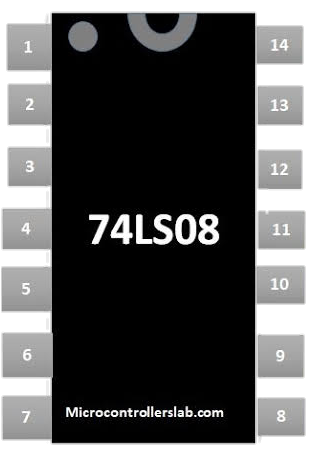
 Design with IC 7408 in Cirkit Designer
Design with IC 7408 in Cirkit DesignerIntroduction
The IC 7408, also known as the 74LS08, is a logic gate IC that consists of four independent 2-input AND gates in a single package. This component is fundamental in digital electronics, where it is used to perform logical conjunction operations. Each gate performs the Boolean AND function, which outputs a high level only when both inputs are high. Common applications include digital computing, signal gating, and circuit control systems.
Explore Projects Built with IC 7408
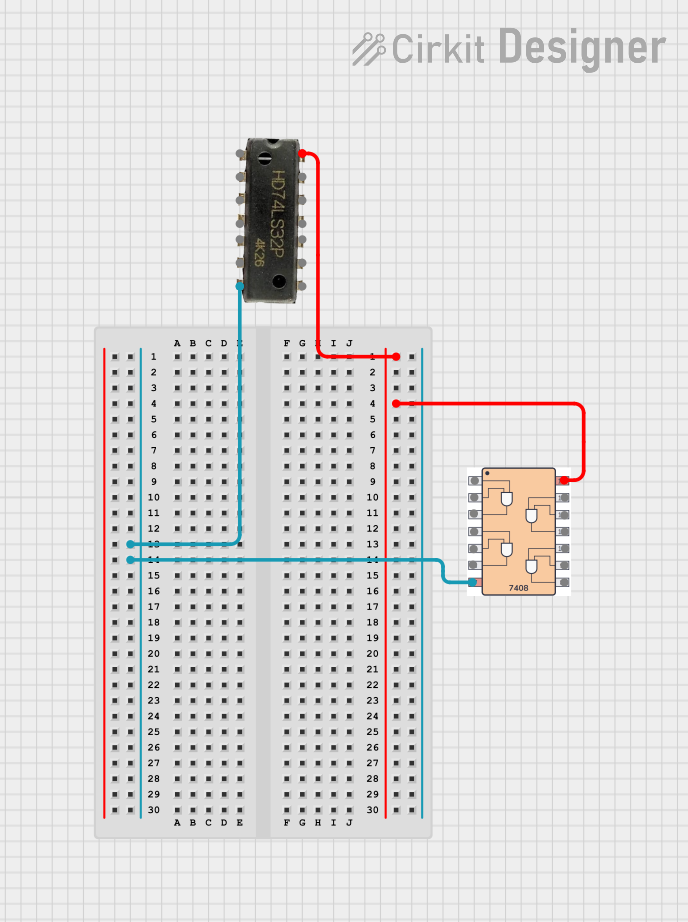
 Open Project in Cirkit Designer
Open Project in Cirkit Designer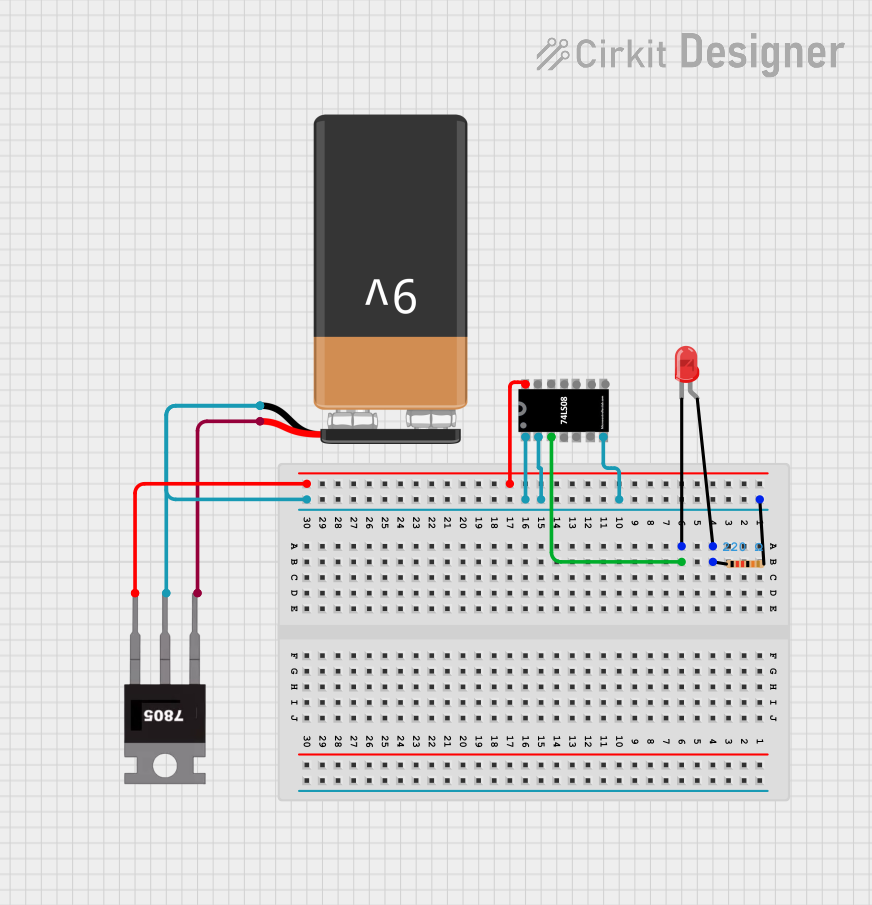
 Open Project in Cirkit Designer
Open Project in Cirkit Designer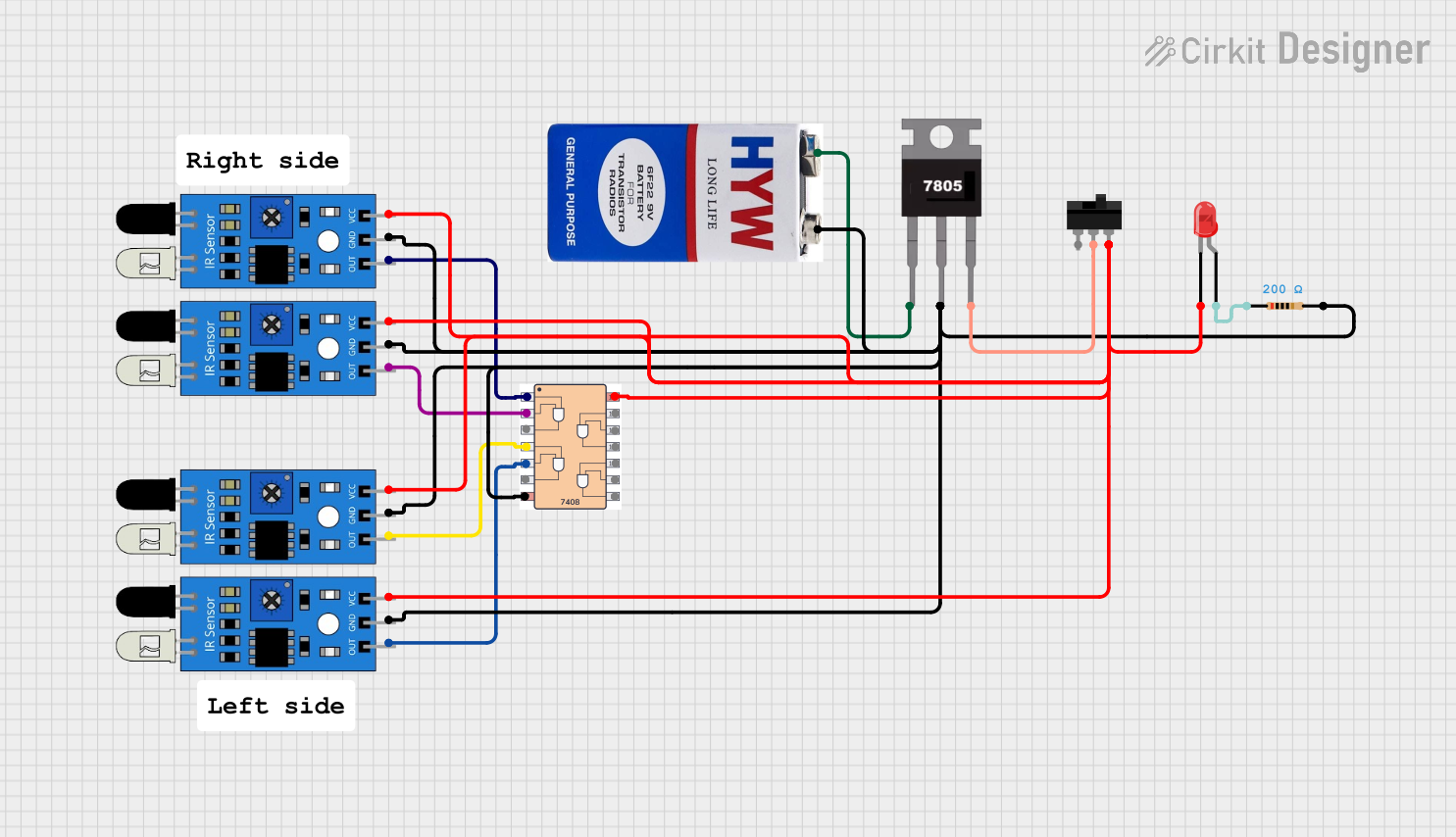
 Open Project in Cirkit Designer
Open Project in Cirkit Designer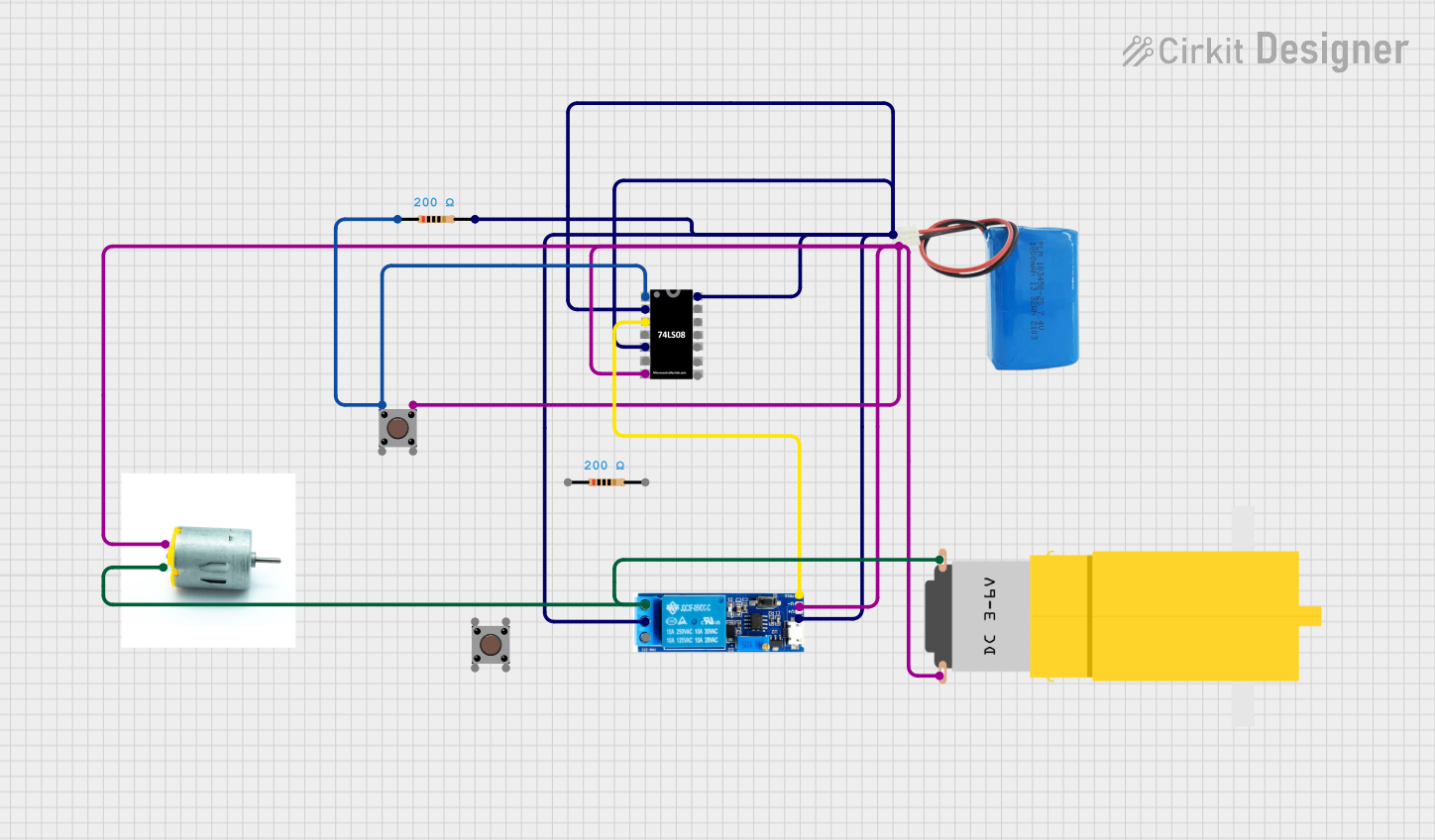
 Open Project in Cirkit Designer
Open Project in Cirkit DesignerExplore Projects Built with IC 7408

 Open Project in Cirkit Designer
Open Project in Cirkit Designer
 Open Project in Cirkit Designer
Open Project in Cirkit Designer
 Open Project in Cirkit Designer
Open Project in Cirkit Designer
 Open Project in Cirkit Designer
Open Project in Cirkit DesignerTechnical Specifications
Key Technical Details
- Logic Type: Quad 2-Input AND Gate
- Supply Voltage (Vcc): 4.75V to 5.25V
- Input Voltage (Vi): 0V to 5.25V
- Output Voltage (Vo): 0V to Vcc (when enabled)
- High-Level Input Voltage (VIH): Minimum 2V
- Low-Level Input Voltage (VIL): Maximum 0.8V
- High-Level Output Current (IOH): Maximum -0.4 mA
- Low-Level Output Current (IOL): Maximum 8 mA
- Propagation Delay Time: Typically 15 ns
- Operating Temperature Range: 0°C to 70°C
- Package: 14-pin DIP (Dual In-line Package)
Pin Configuration and Descriptions
| Pin Number | Name | Description |
|---|---|---|
| 1 | 1A | Input A for Gate 1 |
| 2 | 1B | Input B for Gate 1 |
| 3 | 1Y | Output for Gate 1 |
| 4 | 2A | Input A for Gate 2 |
| 5 | 2B | Input B for Gate 2 |
| 6 | 2Y | Output for Gate 2 |
| 7 | GND | Ground (0V) |
| 8 | 3Y | Output for Gate 3 |
| 9 | 3A | Input A for Gate 3 |
| 10 | 3B | Input B for Gate 3 |
| 11 | 4Y | Output for Gate 4 |
| 12 | 4A | Input A for Gate 4 |
| 13 | 4B | Input B for Gate 4 |
| 14 | Vcc | Positive Supply Voltage |
Usage Instructions
How to Use the Component in a Circuit
- Connect the Vcc pin (14) to a +5V power supply.
- Connect the GND pin (7) to the ground of the circuit.
- Apply input signals to the A and B inputs of the desired AND gate(s).
- The output Y of each gate will be high only when both inputs A and B are high.
Important Considerations and Best Practices
- Ensure that the supply voltage does not exceed the recommended operating range to prevent damage.
- Inputs should not be left floating; they should be connected to a high or low logic level.
- Use pull-up or pull-down resistors if necessary to maintain a stable logic level when inputs are not actively driven.
- Decoupling capacitors (typically 0.1 µF) should be placed close to the Vcc pin to filter out noise.
Troubleshooting and FAQs
Common Issues
- Outputs not behaving as expected: Verify that all inputs are at correct logic levels and that the IC is powered correctly.
- IC overheating: Check if the supply voltage is within the specified range and that output current limits are not exceeded.
Solutions and Tips for Troubleshooting
- Double-check wiring and ensure that the IC is inserted correctly in the socket or soldered properly on the PCB.
- Measure the supply voltage and input signals with a multimeter to ensure they are within specified limits.
- Replace the IC if it is suspected to be faulty after ruling out other issues.
FAQs
Q: Can I use the 74LS08 with a 3.3V system? A: The 74LS08 is designed for 5V systems. While it may work at 3.3V, it is not guaranteed to operate within its specified parameters.
Q: How can I increase the number of inputs for an AND operation? A: You can cascade multiple AND gates from the 74LS08 or other AND gate ICs to create an AND operation with more than two inputs.
Q: Is there a difference between the 7408 and the 74LS08? A: The "LS" in 74LS08 stands for "Low-power Schottky", which is a technology that allows the IC to operate with lower power consumption and faster speeds compared to the original 7408 series.
Example Code for Arduino UNO
The following example demonstrates how to use the 74LS08 AND gate with an Arduino UNO. The code will read two digital inputs and output the result of the AND operation to the serial monitor.
// Define the input and output pins
const int inputPinA = 2; // Connect to 1A on the 74LS08
const int inputPinB = 3; // Connect to 1B on the 74LS08
const int outputPin = 4; // Connect to 1Y on the 74LS08
void setup() {
// Initialize the input and output pins
pinMode(inputPinA, INPUT);
pinMode(inputPinB, INPUT);
pinMode(outputPin, OUTPUT);
// Begin serial communication at 9600 baud rate
Serial.begin(9600);
}
void loop() {
// Read the state of the inputs
int stateA = digitalRead(inputPinA);
int stateB = digitalRead(inputPinB);
// Perform the AND operation and write the result to the output
digitalWrite(outputPin, stateA && stateB);
// Print the result to the serial monitor
Serial.print("Input A: ");
Serial.print(stateA);
Serial.print(", Input B: ");
Serial.print(stateB);
Serial.print(", Output (A AND B): ");
Serial.println(digitalRead(outputPin));
// Wait for a short period before reading again
delay(500);
}
Remember to connect the Arduino's ground to the IC's ground (pin 7), and the Vcc pin (14) to the Arduino's 5V output. The inputs (1A and 1B) should be connected to the Arduino's digital pins 2 and 3, respectively, and the output (1Y) to digital pin 4.